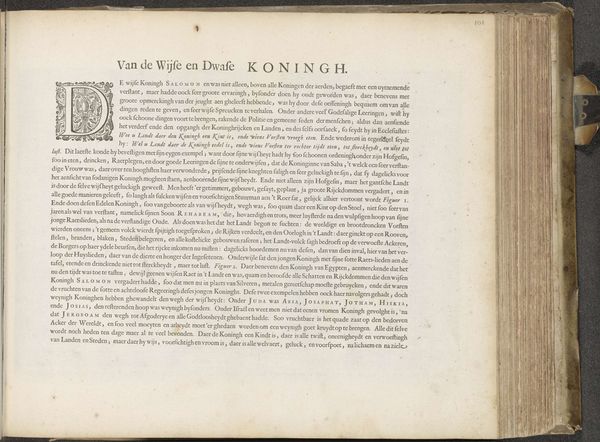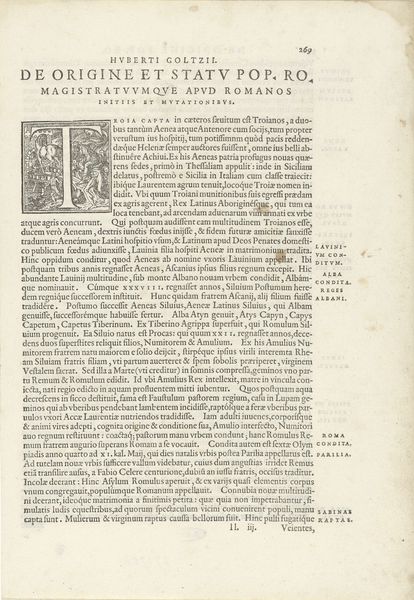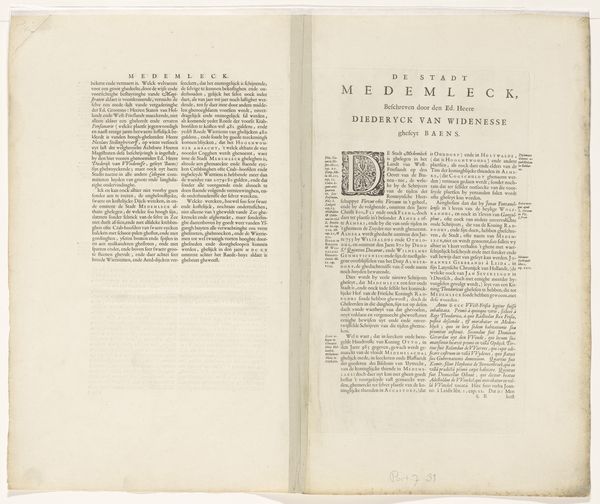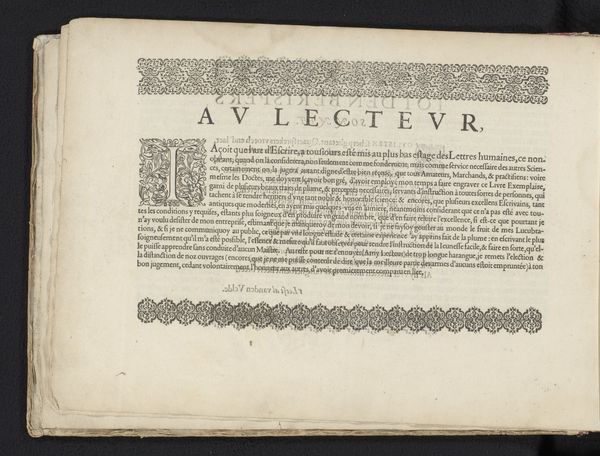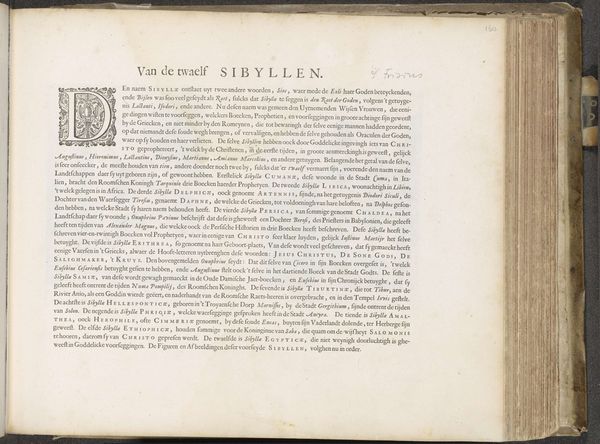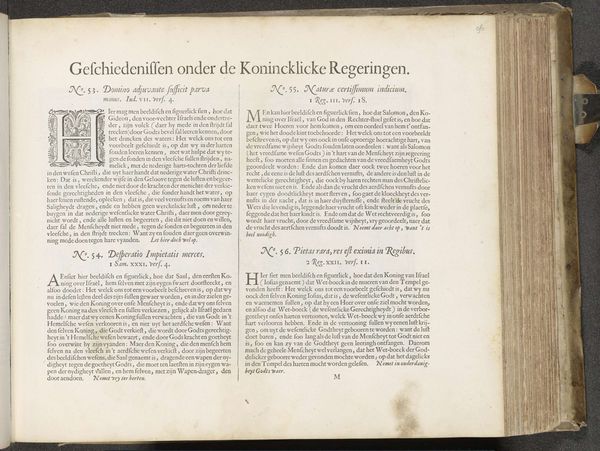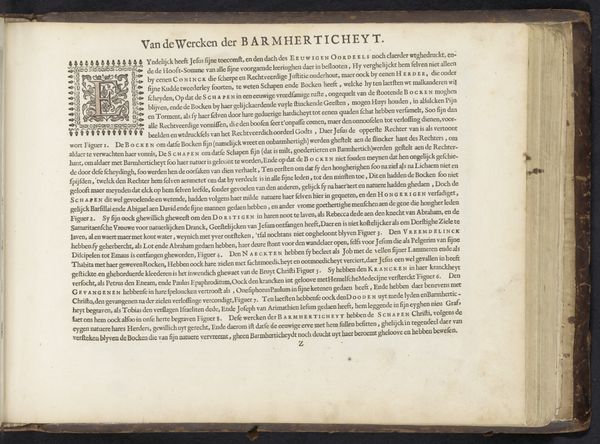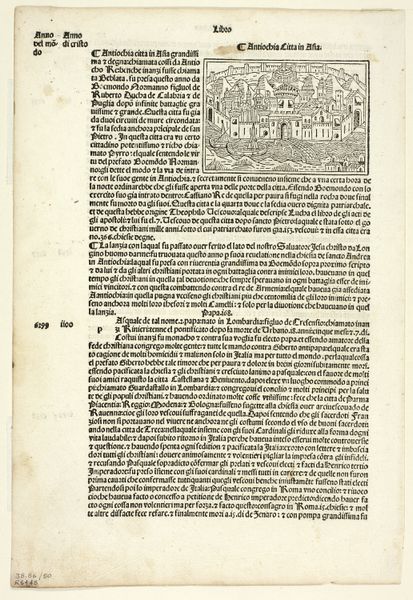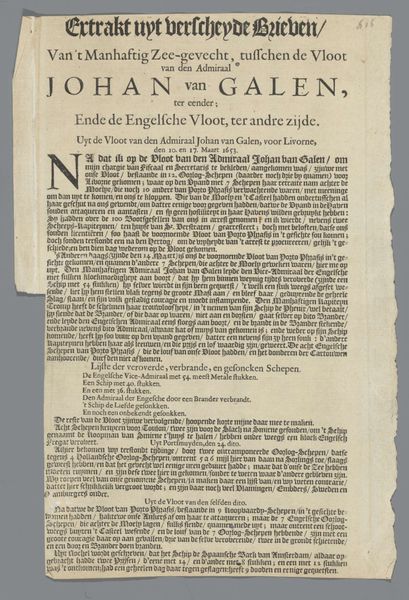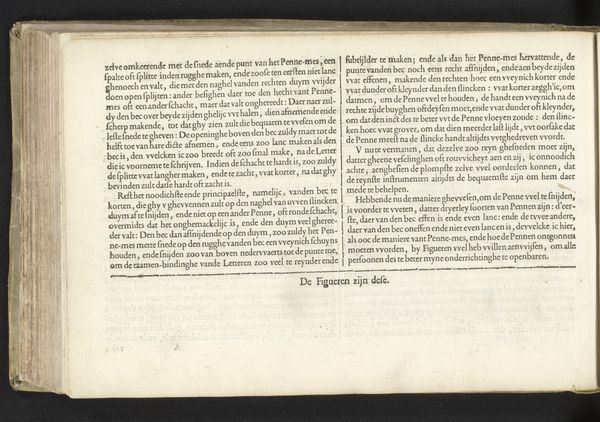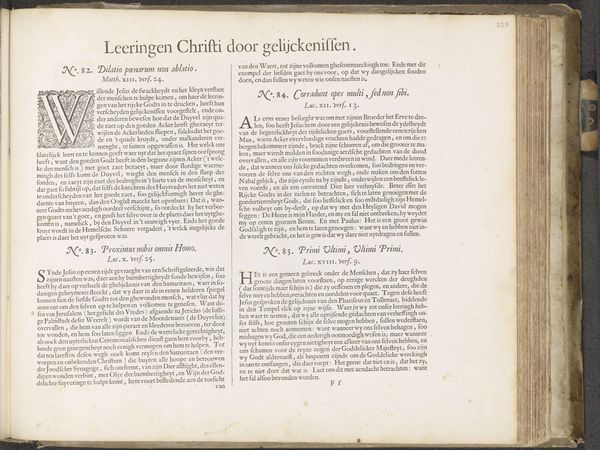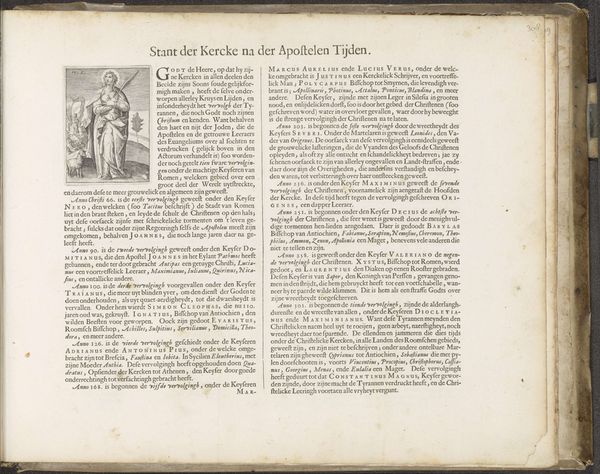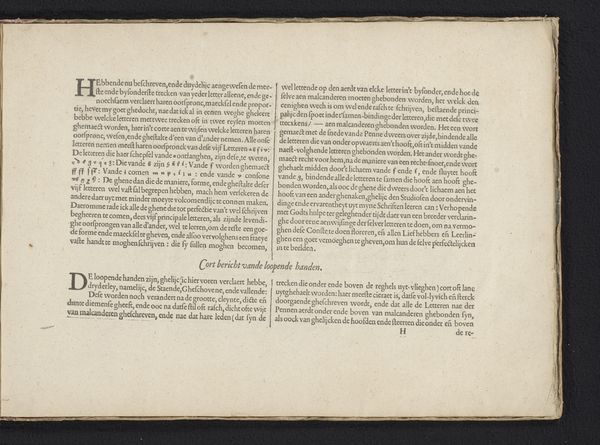
Tekstbladen uit het boek van Jan van der Heyden over slangbrandspuiten (1690), editie 1735 1690 - 1735
0:00
0:00
print, paper, ink, engraving
#
dutch-golden-age
# print
#
paper
#
ink
#
engraving
Dimensions: height 480 mm, width 290 mm
Copyright: Rijks Museum: Open Domain
Editor: This is a printed page, “Tekstbladen uit het boek van Jan van der Heyden over slangbrandspuiten (1690), editie 1735,” from the Rijksmuseum’s collection. It’s a page of text about fire hoses, made with ink on paper. The dense text and old-fashioned lettering give it a very formal and serious mood. What social narratives do you think are embedded in a practical document like this? Curator: It's fascinating how seemingly technical documents can reveal so much about the social and political landscape of their time. Van der Heyden's work here isn’t just about firefighting; it’s about urban development, civic responsibility, and the assertion of control over a volatile environment. Think about 17th and 18th century Amsterdam, a burgeoning global trade hub highly susceptible to fires. What power structures do you see reflected in the creation and distribution of such knowledge? Editor: Well, the book itself implies that controlling fire was essential for maintaining the city’s economic stability and perhaps, by extension, its dominance. Was access to this information limited? Curator: Precisely. Consider who had access to this information and technology. Was it evenly distributed? The act of documenting and disseminating knowledge about fire prevention was likely intertwined with existing hierarchies. We should ask if this knowledge served to empower all citizens equally, or if it primarily benefited certain social strata by safeguarding their properties and investments. Were marginalized communities included? Editor: So, reading this text through a social lens means looking at how knowledge, even about something practical like firefighting, is never neutral but always shaped by power dynamics? Curator: Exactly. Examining the historical context reveals how seemingly technical advancements are always embedded within broader social, economic, and political narratives. It’s a reminder that even the most utilitarian objects can be powerful indicators of who holds power and whose interests are prioritized in society. Editor: That makes me think about current climate challenges – who is protected, and who is left vulnerable? Thank you!
Comments
No comments
Be the first to comment and join the conversation on the ultimate creative platform.
